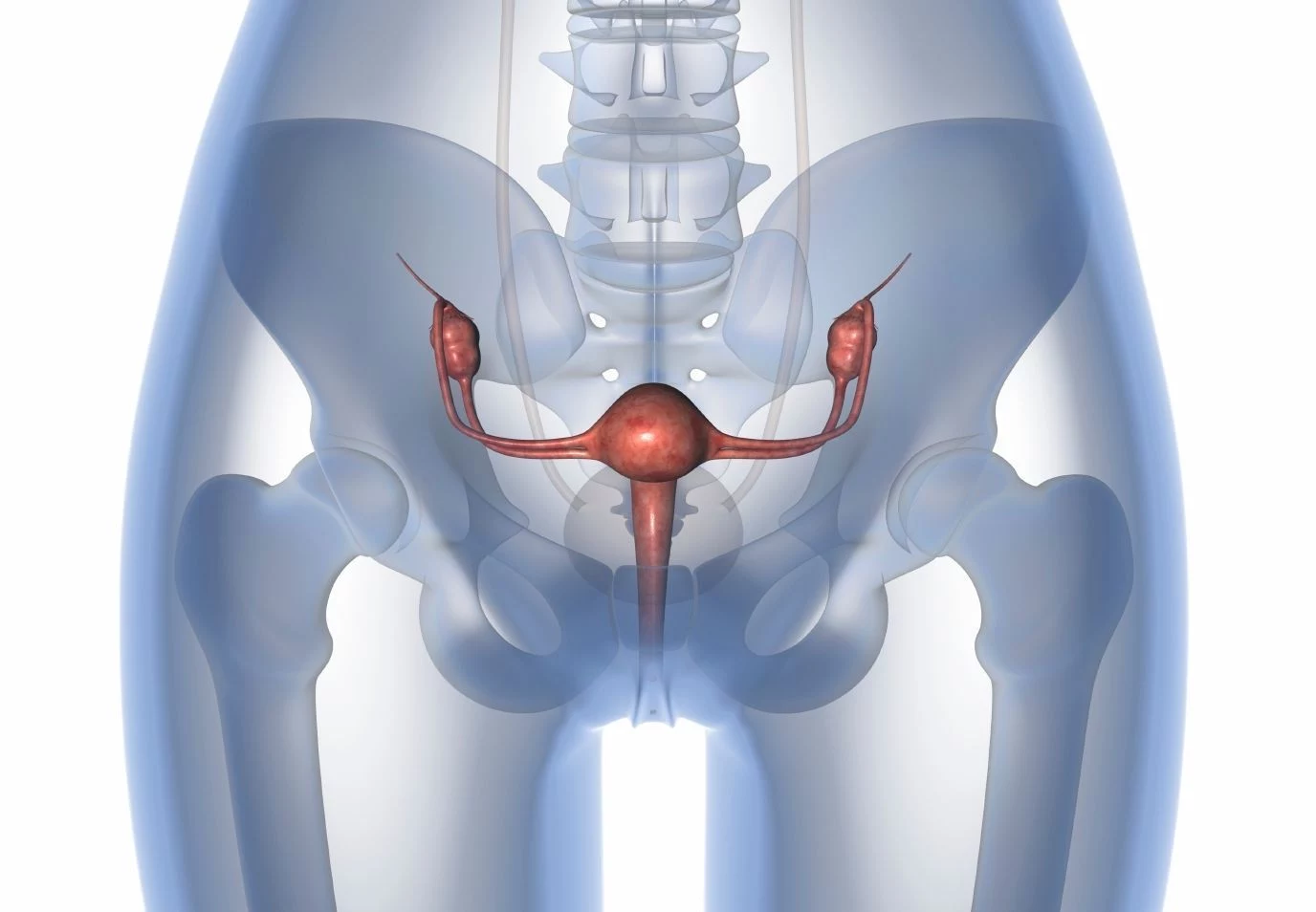Article
Mirvetuximab Soravtansine/Rucaparib Shows Early Tolerability, Activity in Ovarian and Endometrial Cancers
Author(s):
The combination of mirvetuximab soravtansine and rucaparib was found to be well tolerated, with encouraging activity reported in heavily pretreated patients with endometrial, ovarian, fallopian tube, or primary peritoneal cancer.

The combination of mirvetuximab soravtansine and rucaparib (Rubraca) was found to be well tolerated, with encouraging activity reported in heavily pretreated patients with endometrial, ovarian, fallopian tube, or primary peritoneal cancer, according to data from a phase 1 study (NCT03552471) presented during the 2021 SGO Virtual Annual Meeting on Women’s Cancer.1
Among the 18 patients enrolled in the study, the objective response rate (ORR) achieved with the combination was 43%, with 35% (n = 6) of patients experiencing a partial response (PR), and 47% (n = 8) had stable disease (SD). Moreover, the median duration of response (DOR) was 7.2 months (95% CI, 0.5–not reached), with a 6-month PFS of 53%. The median progression-free survival (PFS) with the regimen was 6.6 months (95% CI, 3-13.8).
“This is the first study to show feasibility of a PARP inhibitor combined with an antibody-drug conjugate,” the study authors wrote in their poster on the data. “Encouraging activity was seen in this heavily pretreated population of both endometrial and ovarian cancer with ORR and PFS exceeding expectations for this population.”
Previously, attempts to combine PARP inhibitors with cytotoxic chemotherapy have been hindered by adverse effects (AE) such as myelosuppression. However, the favorable safety profile of mirvetuximab soravtansine, a folate-receptor alpha (FRa)–targeted ADC, as well as overlapping target populations, supported the combination of the agent with rucaparib in FRa-positive ovarian and endometrial cancer.
The primary objectives of the study were to determine the maximum-tolerated dose (MTD) of the regimen and examine toxicities associated with its use. Secondary end points included incidence of AEs, response rates determined by RECIST v1.1 criteria, and PFS.2
To be eligible for enrollment, patients were required to have histologically or cytologically confirmed recurrent endometrial cancer or platinum-resistant ovarian cancer. Patients could have received an unlimited number of prior lines of treatment, although those in the expansion cohort were required to have received 4 or less prior therapies. Additionally, study participants had to have FRa positivity per immunohistochemistry on archival tissue or a recent biopsy.
This trial was a 3+3 design, with patients initially receiving a dose of intravenous mirvetuximab soravtansine at 5 mg/kg every 3 weeks plus oral rucaparib at 400 mg twice daily. Investigators then escalated the dosing of mirvetuximab soravtansine to 5 mg/kg every 3 weeks and oral rucaparib to 500 mg twice daily. Two patients who received this dose reported grade 3 fatigue.
The MTD and recommended phase 2 dose was established as mirvetuximab soravtansine at 5 mg/kg every 3 weeks with oral rucaparib at 400 mg twice daily. Five patients have been enrolled thus far to the expansion phase of the trial. Enrollment is ongoing, with a maximum of 12 patients permitted.
Of the 18 patients included in the analysis presented during the meeting, 13 had ovarian cancer and 5 had endometrial cancer. Across the arms, the median age was 64.5 years (range, 57-82). Participants received a median of 3 prior lines of therapy (range, 1-9), while 5 patients had received prior PARP inhibition. Additionally, the median FRa immunohistochemistry score was 80 (range, 30-100).
When broken down by disease, those with ovarian cancer experienced an ORR of 40% with the doublet, while those with endometrial cancer reported an ORR of 50%. Moreover, the median PFS in the 2 subsets was 12.6 months (95% CI, 3-17.4) and 6.6 months (95% CI, 0.5-11.9), respectively.
In terms of safety, the most frequently experienced all-grade toxicities with the regimen included fatigue (67%), nausea (61%), blurred vision (56%), anorexia (50%), anemia (44%), elevated liver transaminase levels (39%), dry eyes (39%), mucositis (33%), and leukopenia (33%). The most frequent toxicities that were grade 3 or higher in severity included fatigue (17%), anemia (11%), pneumonitis (11%), thrombocytopenia (6%), and diarrhea (6%). Two patients developed grade 3 or higher pneumonitis after 14 and 24 cycles of treatment, respectively.
“Combination rucaparib and mirvetuximab soravtansine was tolerable with mostly manageable [adverse] effects,” concluded the study authors.
References
- Backes F, Wei L, Dodd L, et al. Phase 1 study of mirvetuximab soravtansine (MIRV) and rucaparib for recurrent endometrial, ovarian, fallopian tube, or primary peritoneal cancer. Presented at: 2021 SGO Virtual Annual Meeting on Women’s Cancer; March 19-25, 2021; Virtual. Accessed March 24, 2021.
- Mirvetuximab soravtansine and rucaparib camsylate in treating participants with recurrent endometrial, ovarian, fallopian tube or primary peritoneal cancer. Clinicaltrials.gov. Updated February 25, 2021. Accessed March 24, 2021. https://clinicaltrials.gov/ct2/show/NCT03552471









